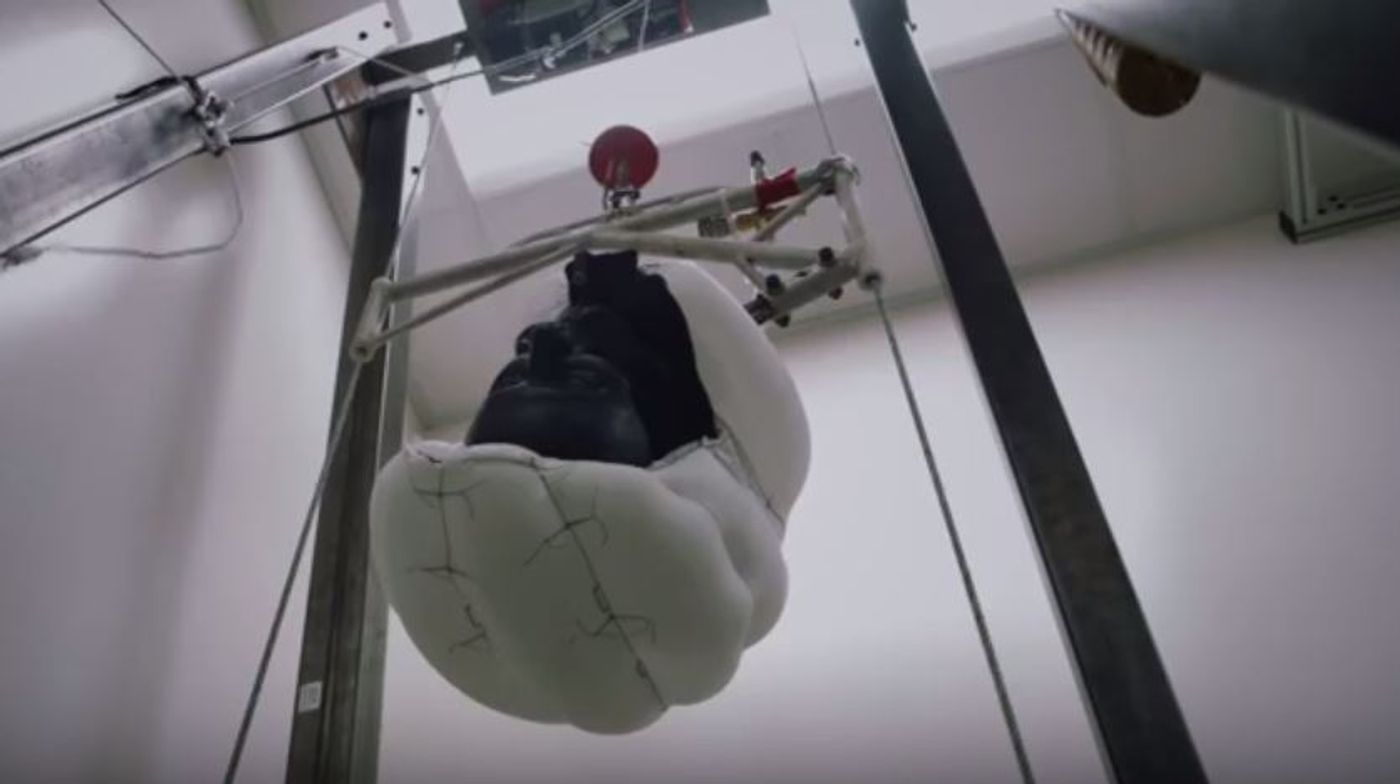Air bags are the safety standard in cars to cushion a direct impact from a collision. But what about air bags for bike helmets to protect from similar impact situations? A bioengineering group at Stanford is working on making the air bag helmet a reality. Designed to rest around one’s neck and inflate prior to a collision or fall, the air bag is thought to better protect the head from a direct impact and lessen the chances for concussion.
But how would this work? Air bags in a car are triggered for inflation based on the impact force. A helmet would need to be able to predict an impact in order to inflate in time for a fall. David Camarillo, an assistant professor of bioengineering, and his team combined high-rate micro-electrical-mechanical systems sensors and high energy density batteries with their expandable helmet design to create the ultimate head protection. The helmet can sense a potential collision and expands to safeguard the head.
Traditional helmets are made of expanded polystyrene foam and have been designed to prevent blunt trauma, such as skull fracture or severe head injury. Camarillo notes that it is a false expectation that the helmets also provide good protection against concussion.
Concussion research has come a long way in recent years. New thinking provides data that concussions are not due to a linear blunt impact on the brain that traditional helmets protect against, but actually are caused by a twisting motion where neurons are being distressingly stretched out of place.
“There are many theories as to why concussion happens, but the predominant one is that, as your head rotates very quickly, the soft tissue within your brain contorts and, essentially, what you get is a stretching of the axons, which are the wiring of the brain,” Camarillo said.
By designing a helmet with a softer liner and larger size, the team hypothesized that they would observe a substantial decrease in acceleration levels of the brain during collision allowing for a reduced risk of brain injury. The study, published in the
Annals of Biomedical Engineering, demonstrated how the team investigated the difference of impact dynamics in current EPS helmets and airbag helmets. Using the standard dummy drop test experiments taken from commercial helmet testing guidelines, they found that peak acceleration with the airbag helmets achieve up to an 8-fold reduction in concussion risk compared to standard EPS helmets.
One issue that the team is working to improve on is the air pressure fluctuation within the airbag helmets. The study tested only pre-inflated airbag helmets with maximum air pressure. Under those conditions, the helmets performed well above traditional helmets in testing.
However, are these conditions realistic? Without maximum air pressure in the helmet, the air bag could completely contract causing the head to hit the ground with significantly more force than a traditional helmet. The team’s next steps are to closely investigate the possible weaknesses of the airbag helmet and its potential to completely contract allowing no protection at all. Initial tests hint that this approach could be the next wave in successful head protection technology.
Camarillo and team plan to perform additional drop studies at greater heights to test the durability of the cushioning. They also will be doing more in-depth testing for specific concussion-related injury by testing for protection against rotational acceleration and force on the brain as well as reducing strain on brain tissue.
Sources:
Stanford News,
Springer




















































